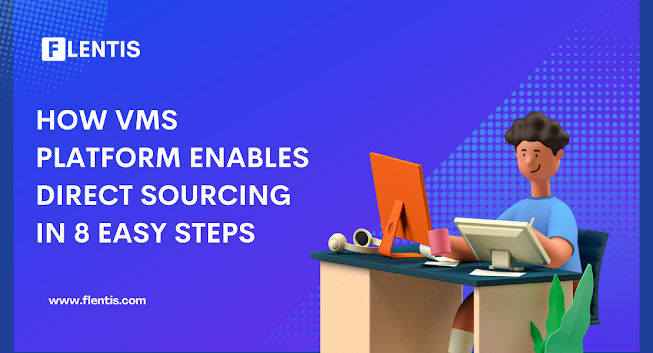Managing a large workforce has been the most
strenuous task for any human resource department. But it rose to an epitome
when coronavirus outbreak caught companies unprepared. There are seven reasons to choose VMS platformpost-COVID and that’s just the beginning. Like reduced hiring time,
negotiated rates, onboarding the best talent, and more.
It is simpler to run recruitment drives when
your workforce is remote on an online system than in person. However, one must
understand, how can vendor management
systems affect your revenues?
For a very long time, the best vendor management system in the USA has been implemented in
the Fortune 500 companies. But seeing the growth rate and efficiency of these
temporary or contractual employees, the small to mid-size companies started to
wander into this market too. This is when companies like Flentis bring you the top 6 components of VMS to watch out for.
Like applicant tracking systems, learning management, timesheet, and expense
tracking, in-built video conferencing tool, and much more. These are some of
the when you have temporary employees and permanent employees working under the
same roof.
The traditional HR department may want to know why is a VMS better than spreadsheets? Because
when you’re dealing with 1000 applications for one requisition and your company
has 10 open jobs then a spreadsheet will not help you maintain a pace. That’s
why, were brought
into action. Some of the top 5 benefits
of a VMS your organization can experience are one software to deal with all
HR processes, no misclassification, track of time in hiring, visibility of
acquisition spends, and more.
So, next time you wonder what challenges do organizations face in vendor management? Then
think of above said pain points if VMS is not around. If asked by our experts,
they’d easily give the best 5 tips to an
impressive & impactful vendor management system to back your company’s
growth.



website%20banner%20(22-05)%20copy%20(1).jpg)